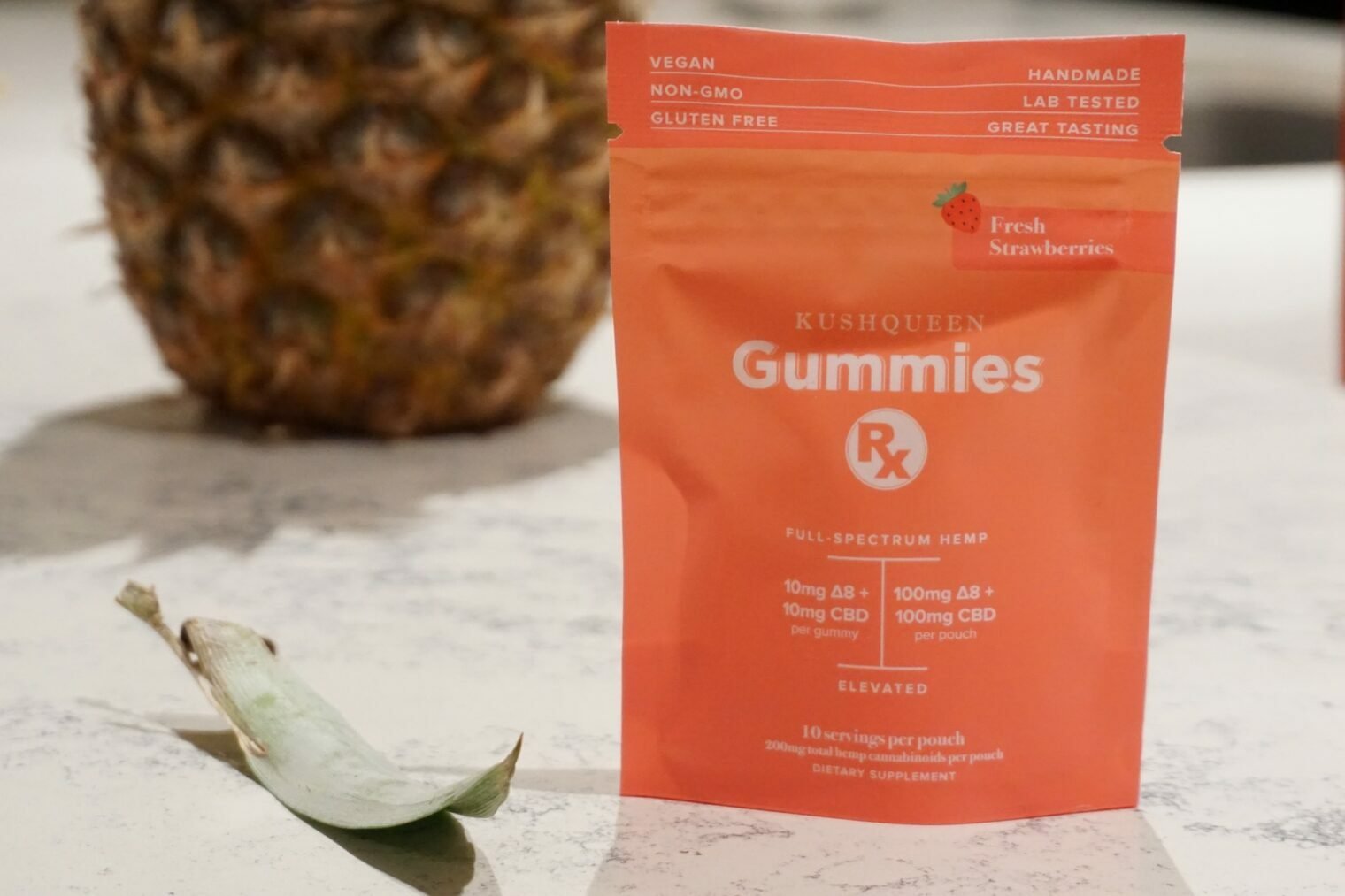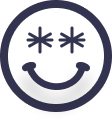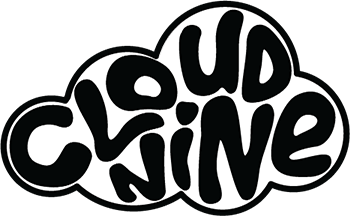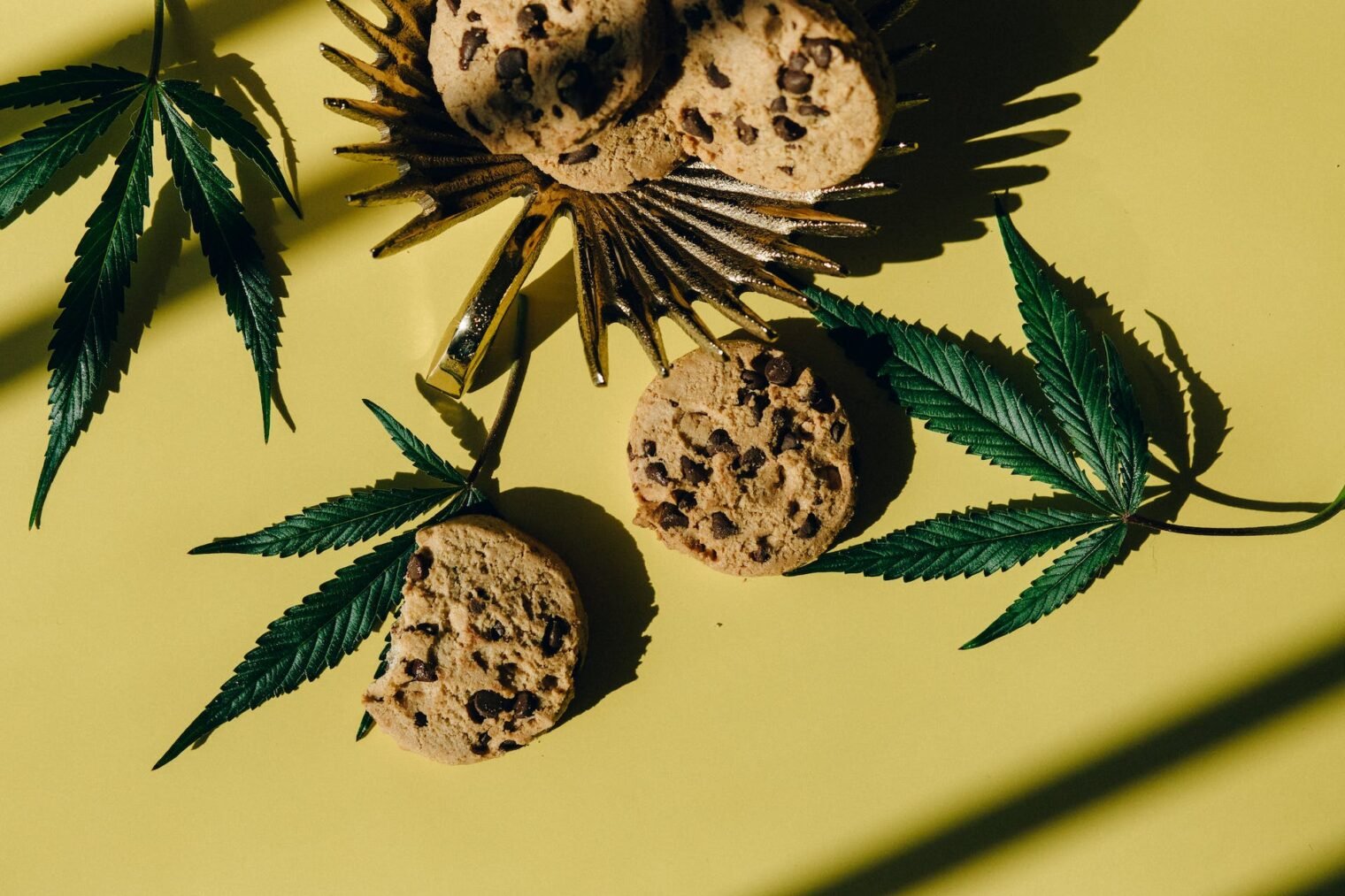The Evolution of Cannabis Consumption: Ancient Rituals to Gourmet Edibles

Table of Contents
The journey of cannabis consumption is a fascinating tale that spans thousands of years, evolving from ancient rituals to the sophisticated methods we see today. This evolution is not merely about the changing ways in which cannabis is consumed but also reflects broader shifts in societal norms, legal frameworks, and technological advancements.
As we delve into the history of cannabis consumption, from its origins to the present day, we uncover a rich tapestry of cultural, social, and scientific progress.
Ancient Origins and Traditional Methods
The story of cannabis begins in ancient times, with evidence of its use dating back to at least 3000 BCE. Ancient civilizations, including the Chinese, Indian, and Egyptian, recognized cannabis for its medicinal properties, as well as its psychoactive effects. In these early days, cannabis was consumed in its most natural form, with seeds and leaves often being eaten or used in teas. Pipes made from materials like wood, bamboo, and clay were also used to smoke cannabis, a method that allowed for the direct inhalation of smoke, providing a quick and potent effect.
As cannabis spread across continents, its consumption methods diversified. The Scythians, a nomadic Indo-European group, are said to have introduced cannabis to the Middle East and Eastern Europe, where it was used in steam baths. This method involved throwing cannabis seeds on hot stones, creating a thick, intoxicating smoke that was inhaled for ritualistic and recreational purposes.
The Middle Ages to the 19th Century: Hookahs and Hashish
The use of the hookah, or water pipe, became prevalent in the Middle East and parts of Asia during the Middle Ages. This method cooled and purified the smoke through water, offering a smoother experience. The hookah became a symbol of hospitality and social interaction, often featured in gatherings and literary salons for cannabis consumption.
Meanwhile, the production of hashish—cannabis resin collected and compressed into various forms—gained popularity, especially in the Islamic world where the Quran prohibited the consumption of alcohol but was less clear about cannabis. Hashish was consumed for both its psychoactive effects and as a form of medication, illustrating the dual nature of cannabis as both a recreational and medicinal substance.
The Advent of Rolling: Joints, Cigarettes, and Blunts
The practice of rolling cannabis in paper to create joints or cigarettes marked a significant evolution in consumption methods. This technique, which originated in the Americas and Europe in the 19th century, made cannabis consumption more accessible and discreet. The 20th century saw the emergence of the blunt in American culture, particularly within the African American communities and later the broader hip-hop community. Blunts, which involve rolling cannabis in cigar paper, became a cultural phenomenon, symbolizing resistance, community, and creativity.
Technological Advancements: Vaporizers and Concentrates
The late 20th and early 21st centuries have been characterized by significant technological advancements in cannabis consumption. The development of vaporizers, which heat cannabis to a point where the active compounds are released without burning the plant material, represents a leap forward in terms of health and efficiency. This method reduces the inhalation of harmful byproducts associated with combustion, appealing to health-conscious consumers.
Similarly, the advent of cannabis concentrates, such as oils, waxes, and shatter, has introduced a more potent and cleaner alternative to traditional flower. These concentrates are often consumed using specialized equipment, including dab rigs and vape pens, marking a move towards more sophisticated consumption methods.
The Culinary Revolution: Edibles and Beyond
One of the most notable trends in recent years is the explosion of the edibles market. Moving beyond the stereotypical pot brownie, today’s edibles encompass a wide range of gourmet cannabis products, including chocolates, gummies, savory snacks, and even fine dining experiences. This culinary revolution has made cannabis consumption more accessible and acceptable to a broader audience, including those who may be reluctant to smoke or vaporize.
Moreover, the rise of CBD-infused products has catered to consumers looking for the therapeutic benefits of cannabis consumption without the psychoactive effects. CBD, or cannabidiol, has been infused into everything from tinctures and capsules to topicals and beverages, further expanding the ways in which cannabis can be integrated into daily life.
Legalization and Changing Attitudes to Cannabis Consumption
The evolution of cannabis consumption is closely tied to the shifting legal and social landscape. The 20th century saw a global trend toward prohibition, with cannabis often vilified and its users criminalized. However, the late 20th and early 21st centuries have witnessed a dramatic shift, with many countries and states decriminalizing or legalizing cannabis for medicinal and recreational use.
This legal transformation has facilitated the development and diversification of cannabis consumption methods, making it more accessible and socially acceptable. As research into the benefits of cannabis continues and public opinion shifts, we are likely to see further innovations in consumption methods, catering to an ever-growing and diverse consumer base.
Looking to the Future
The future of cannabis consumption promises continued innovation and integration into mainstream society. As we learn more about the plant and its potential benefits, new methods that prioritize health, convenience, and discretion will emerge. The ongoing legal and cultural acceptance of cannabis will likely lead to new social norms and consumption practices, further enriching the tapestry of its use.
Cannabis Consumption Conclusion
The evolution of cannabis consumption from ancient rituals to gourmet edibles and beyond is a testament to human creativity and adaptability. Each stage of this evolution reflects changes in our understanding of cannabis, advances in technology, and shifts in societal norms. As we continue to explore the potential of cannabis, the ways we consume it will undoubtedly evolve, reflecting the dynamic interplay between culture, technology, and nature.
As many nations make the move to legalize, or at least decriminalize cannabis, the way we consume herb is changing. As more info is given to the general public, we can look to use the safest cannabis consumption methods. However, if it remains illegal, most people are left in the dark to figure it out themselves. That’s why it’s good to legalize some drugs so the right information is known.



